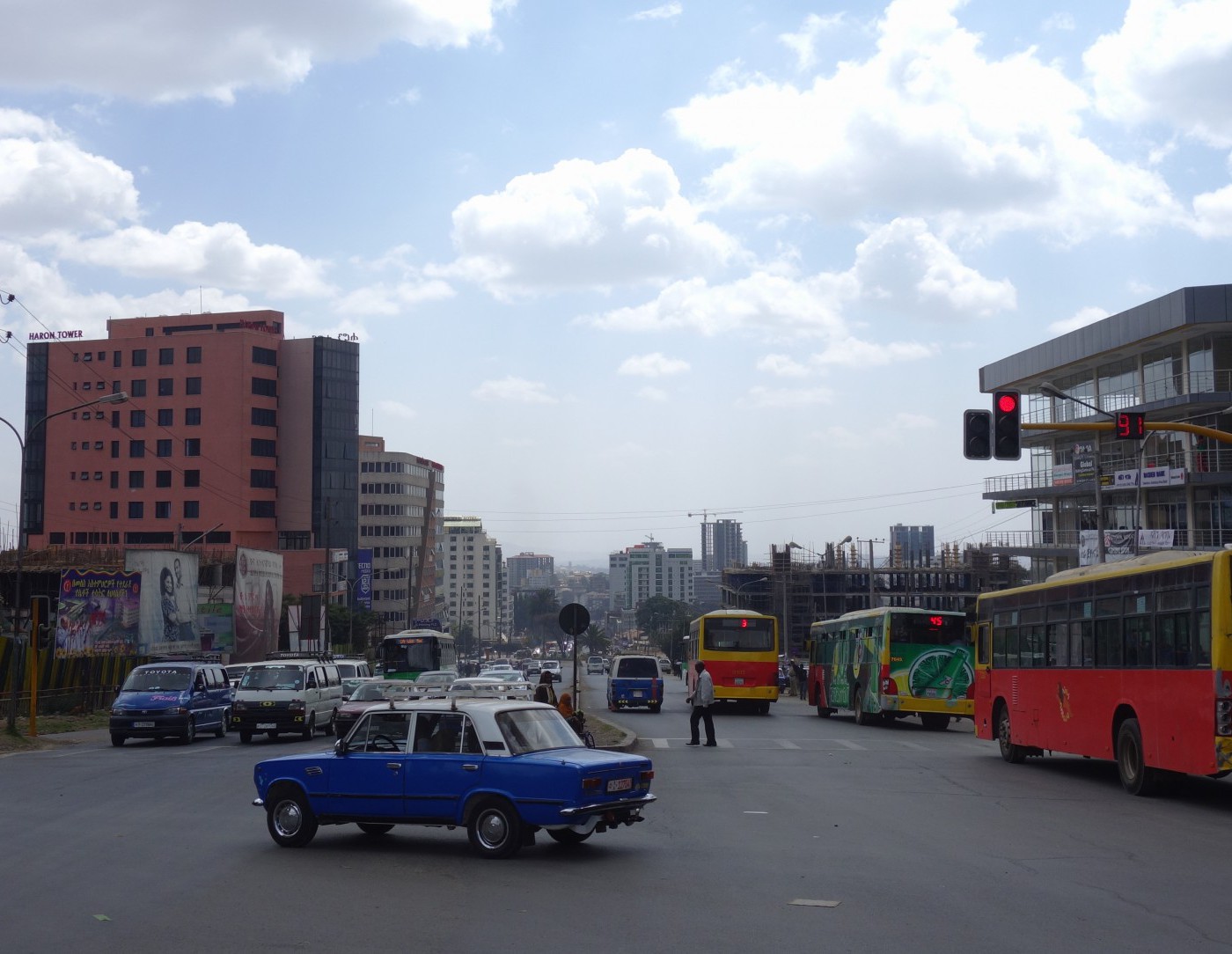Related

Oct 05,2023
Urban Expansion Program Releases
Accommodating Urban Growth Online Course

Working Paper
/ Oct 19,2015
A New Plan for African Cities:
The Ethiopia Urban Expansion Initiative
by
Patrick Lamson-Hall, David DeGroot, Richard Martin, Tsigereda Tafesse, Shlomo (Solly) Angel
